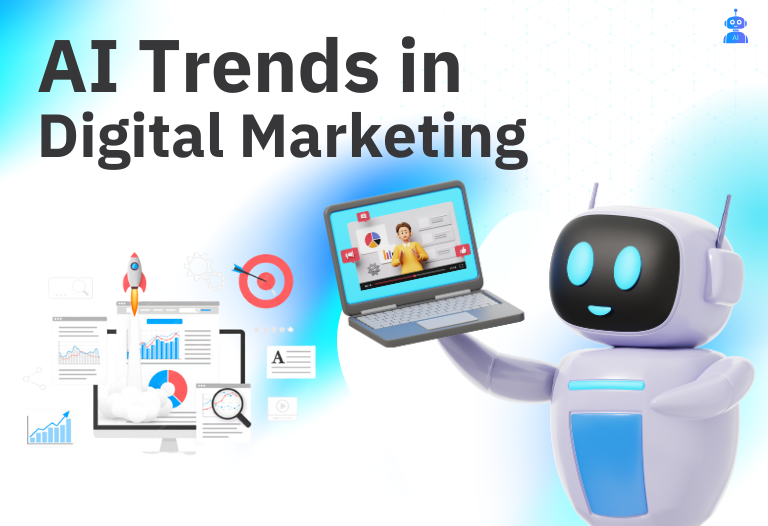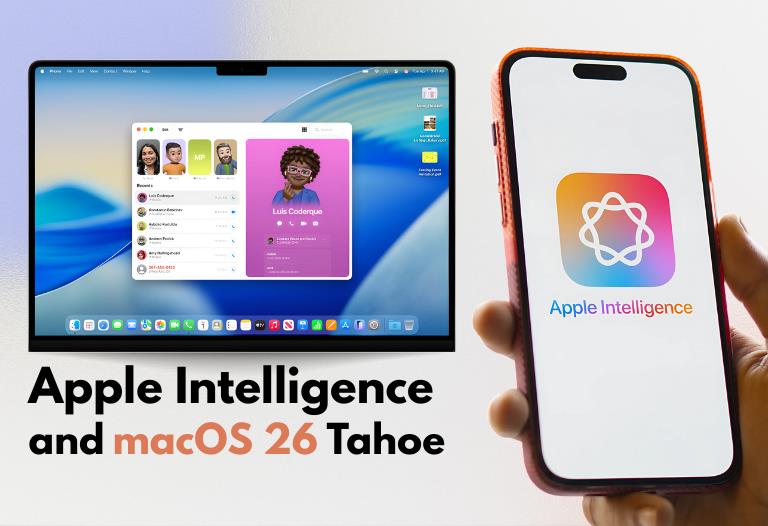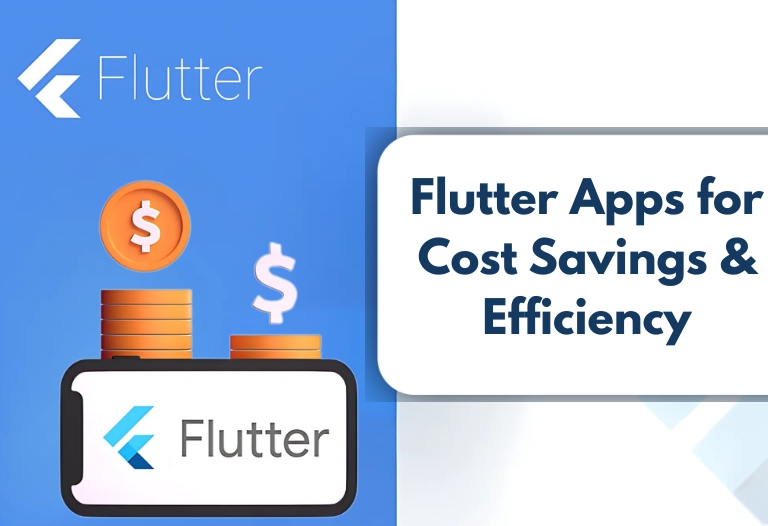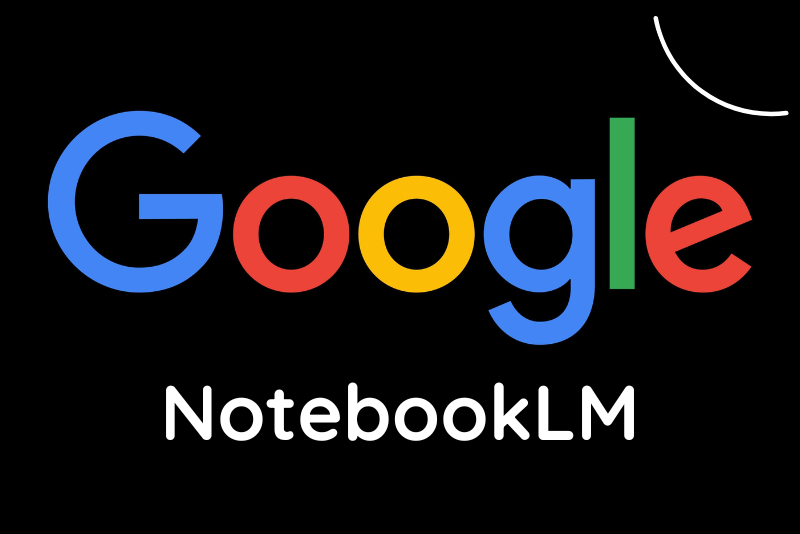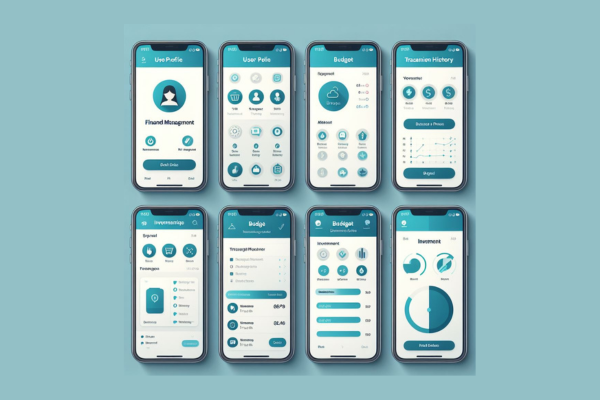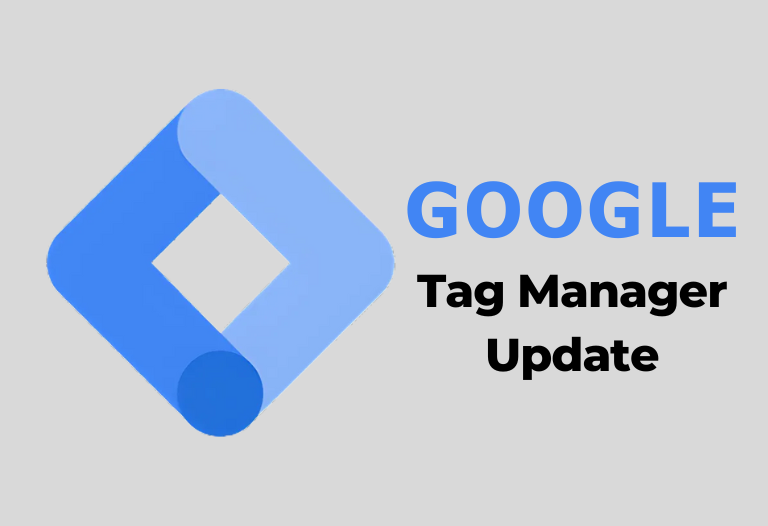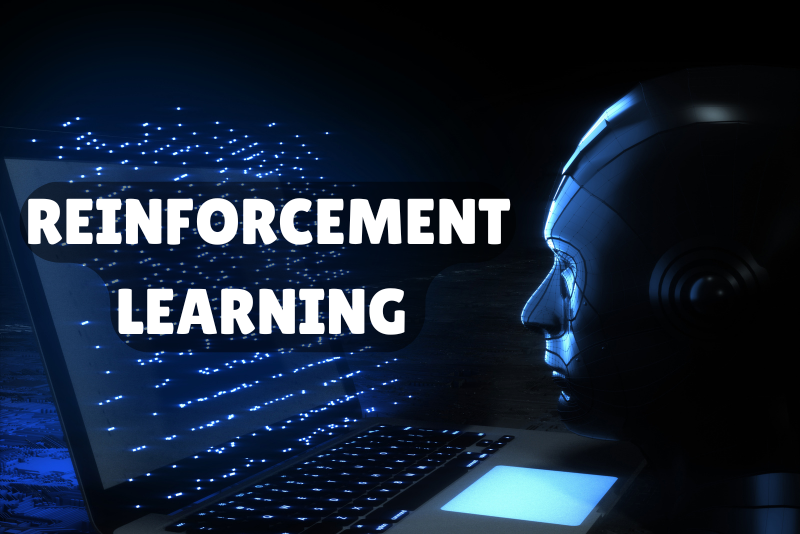
Remember the good old days when your teacher asked you to tackle a challenging problem? Getting it right made you the star of the class for a whole week, while making a mistake meant a week of corrections and learning. That’s essentially how reinforcement learning in AI works, with the key difference being that the learner here is not you but a machine.
While reinforcement learning in AI is already steering your Tesla wheel, it is also optimizing traffic lights in your neighborhood, and its potential to revolutionize various fields in the near future is immense.
What is Reinforcement Learning?
Reinforcement learning (RL) is a branch of machine learning where an agent learns to make decisions by interacting with an environment. The agent takes action to achieve a goal, while the environment ensures feedback through either rewards or punishments. This procedure mirrors how humans and animals learn through trial and error.
For instance, consider instructing a dog to retrieve a ball. The dog is an agent, and your house is the environment. On your command, the dog takes an action, and later, you provide feedback. You give the dog a treat as a reward every time he fetches the ball. Over time, the dog associates fetching the ball with a positive outcome, leading to improved behavior for optimal reward.
Simplified Definition of Reinforcement Learning
Training a computer in artificial intelligence using reinforcement learning involves instructing it to learn from both positive rewards and negative punishments. The computer experiments with various options, and if it succeeds, it receives a reward. If it does something bad, it gets a penalty. Over time, the computer learns to do the right thing, earning the highest rewards.
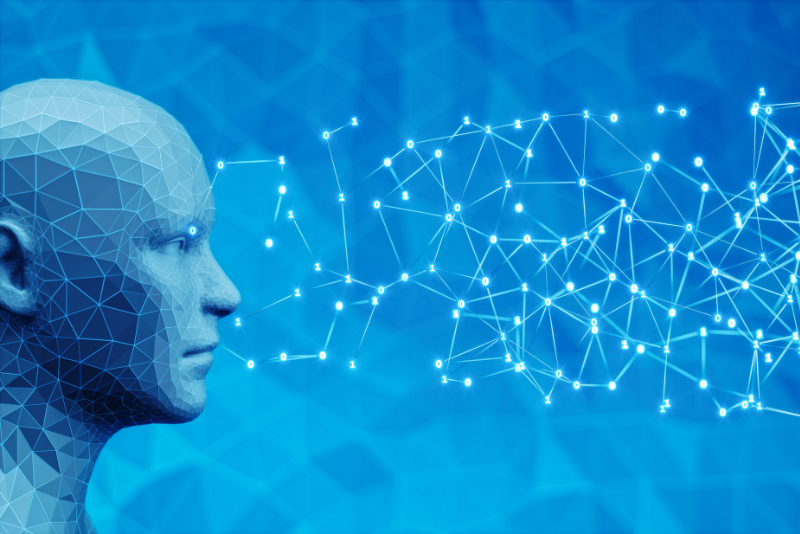
Key Terminologies and Characteristics of RL
Terminologies Used in a Reinforcement Learning Model:
- Agent: The learning and decision-making entity within the environment.
- Environment: The external system the agent interacts with.
- Action Space: The set of all possible actions the agent can take.
- Action: A single choice the agent makes (e.g., move left, pick up an object).
- State: The agent’s current situation within the environment.
- Reward: Feedback from the environment, positive or negative, based on the agent’s actions.
- Reward Function: Defines how rewards are assigned based on the state and actions.
- Policy: The agent’s strategy for choosing actions in different states.
- Value Function: Estimates the expected future reward for an agent in a given state under a specific policy.
- Model: An internal representation of the environment, only sometimes used by all RL agents.
Characteristics of Reinforcement Learning:
- No supervision; learning occurs through rewards and penalties.
- Sequential decision-making; actions impact future states and rewards.
- Time plays a crucial role; rewards may be delayed.
- Feedback is often delayed, requiring agents to consider long-term consequences.
- Data received is determined by the agent’s actions, influencing its learning experience.
How RL Differs from Supervised Learning
| Feature | Supervised Learning | Reinforcement Learning |
| Data and Feedback | Labeled data with pre-defined outputs (e.g., classifying images as cats or dogs). | Unlabeled data. The agent receives feedback through rewards or penalties based on its actions. |
| Learning Process | The model learns by mapping inputs to desired outputs provided in the training data | The agent learns through trial and error, adjusting actions based on rewards. |
| Goal: | To accurately predict outputs for new, unseen inputs. | Find a policy (strategy) that maximizes long-term rewards within an environment. |
Overall, supervised learning depends on a “teacher” giving correct answers, while reinforcement learning involves an “athlete” learning from experience in a competition.
Types of Reinforcement Learning
Model-Based Learning
Model-based learning involves an agent learning to forecast the results of its actions within a specific environment through machine learning. It requires creating a representation of the surroundings inside the agent’s mind, enabling it to imagine various situations and strategize its behavior accordingly. This method is especially beneficial in intricate surroundings where acquiring knowledge through direct experience is challenging.
Model-Free Learning
Model-free learning is another type of machine learning where an agent learns directly from experience without building an explicit model of the environment. It focuses on understanding a policy that maps states to actions. This approach is more robust to environmental uncertainties but can be less efficient in complex scenarios than model-based learning.
RL Stepwise Workflow:
- Define/Create an Environment: Establish the physical or simulated environment where the agent will operate.
- Specify a Reward: Define the reward system to guide the agent’s learning. Multiple iterations involve determining the most effective rewards for specific actions.
- Define the Agent: Create the agent, define its policies, and choose an appropriate RL training algorithm. This step often involves using neural networks or lookup tables to represent the agent’s policy.
- Train/Validate the Agent: Educate the agent in the environment to improve its strategy and enhance efficiency using the rewards given. This process involves a lot of computing power and usually takes time and resources.
- Implement the Policy: Implement the trained strategy to direct the agent’s behavior in an actual or virtual setting. Monitoring and changing the RL process may be necessary to guarantee the best results.
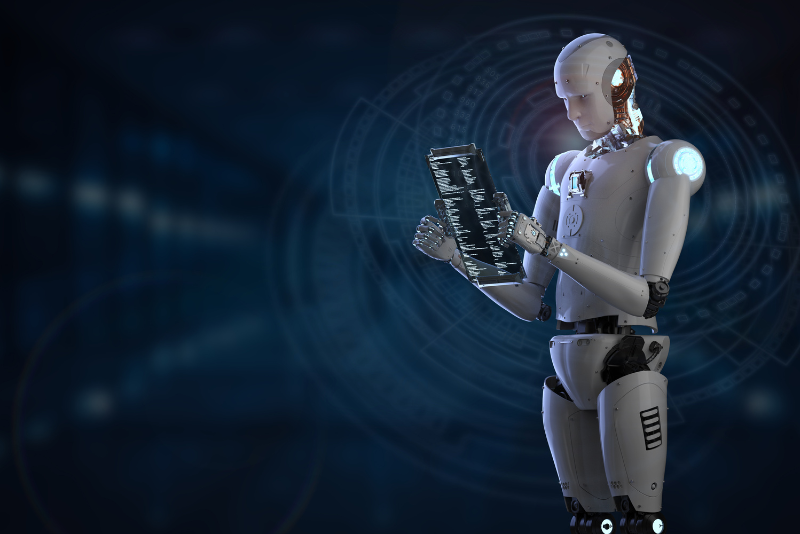
Reinforcement Learning Algorithms
RL algorithms can be categorized based on whether they learn a value function or directly search for an optimal policy:
- Value-Based RL: Focuses on estimating the value of being in a particular state and taking a specific action. The agent then selects actions to maximize this estimated value.
- Q-Learning: Q-Learning is a model-free, off-policy algorithm that learns by estimating the “quality” (Q-value) of state-action pairs. It balances trying new actions for higher rewards and exploiting familiar ones for immediate reward optimization. Additionally, a reward matrix is utilized to store and update these Q-values.
- SARSA (State-Action-Reward-State-Action): This is an on-policy temporal difference (TD) learning algorithm that is model-free, updating Q-values based on the agent’s current policy and action instead of the greedy action. This makes SARSA better suited for environments that are noisy or uncertain.
- Deep Q-Network (DQN): DQN combines deep neural networks with Q-learning to help agents learn optimal policies in complex environments with high-dimensional state spaces. It performs effectively where traditional Q-Learning might struggle as it stores recent experiences in replay memory for training and targets Q-values using a separate neural network.
- Policy-Based RL: These algorithms directly search for the optimal policy without explicitly estimating a value function.
- REINFORCE: A Monte Carlo-based policy gradient method that updates the policy parameters to increase the probability of taking actions that led to higher rewards in the past.
- Proximal Policy Optimization (PPO): An advanced policy gradient method that improves the stability and efficiency of policy optimization. It addresses the limitations of REINFORCE by establishing a trust region around the previous policy to keep policy updates small and contained within this area.
- Actor-Critic Methods: Combine value-based and policy-based approaches. The “actor” learns and implements the policy, while the “critic” estimates the actions’ value, guiding the actor’s learning process.
- Model-Based RL: These algorithms learn a model of the environment and use it to plan actions and predict their consequences. This can be computationally expensive but more efficient in environments with predictable dynamics.
The selection of an algorithm is influenced by factors such as the intricacy of the environment, the presence of computational resources, and the preferred level of interpretability.
Use Case of Reinforcement Learning
- Manage Self-Driving Cars: RL enables autonomous vehicles to handle complex environments and take quick actions like maneuvering through traffic, managing velocity, and preventing collisions.
- Addressing Energy Consumption: RL agents can enhance energy efficiency in data centers and other extensive systems by modifying parameters such as cooling according to real-time sensory data.
- Traffic Signal Control: RL can enhance traffic flow within urban areas by modifying traffic signals according to current traffic conditions, ultimately decreasing congestion and waiting times.
- Healthcare: Dynamic Treatment Regimes (DTR) involve creating personalized treatment plans to individual patient characteristics and previous treatment responses, enhancing medication dosages and schedules.
- Robotics: By engaging with their surroundings and learning from their interactions, robots develop advanced abilities such as navigating warehouses, manipulating objects, and inspecting defects using reinforcement learning.
- Marketing: Using RL allows businesses to tailor customer suggestions and enhance marketing tactics by analyzing user actions and preferences, which enhances overall customer interaction and profits to the fullest extent.
- Gaming: AI agents have achieved extraordinary skills in playing games like chess and Go through the application of reinforcement learning in AI. It can also test games and detect bugs by enabling agents to navigate the game environment and pinpoint possible problems.
Conclusion
Reinforcement learning (RL) and generative AI represent powerful aspects of machine learning with vast potential to reshape our future. As computing power advances and algorithms become more sophisticated, RL’s ability to learn and adapt to new experiences will likely amplify its impact on artificial intelligence.
However, it is essential to recognize the limitations highlighted by experts like Stefano Soatto, VP of Applied Science, AWS AI, who points out that current generative AI models can only process and reorganize information based on their training data. Combining RL’s adaptive capabilities with the structured knowledge of generative AI could pave the way for more innovative and transformative applications, pushing the boundaries of what AI can achieve while being mindful of its limitations.




 September 5, 2024
September 5, 2024
